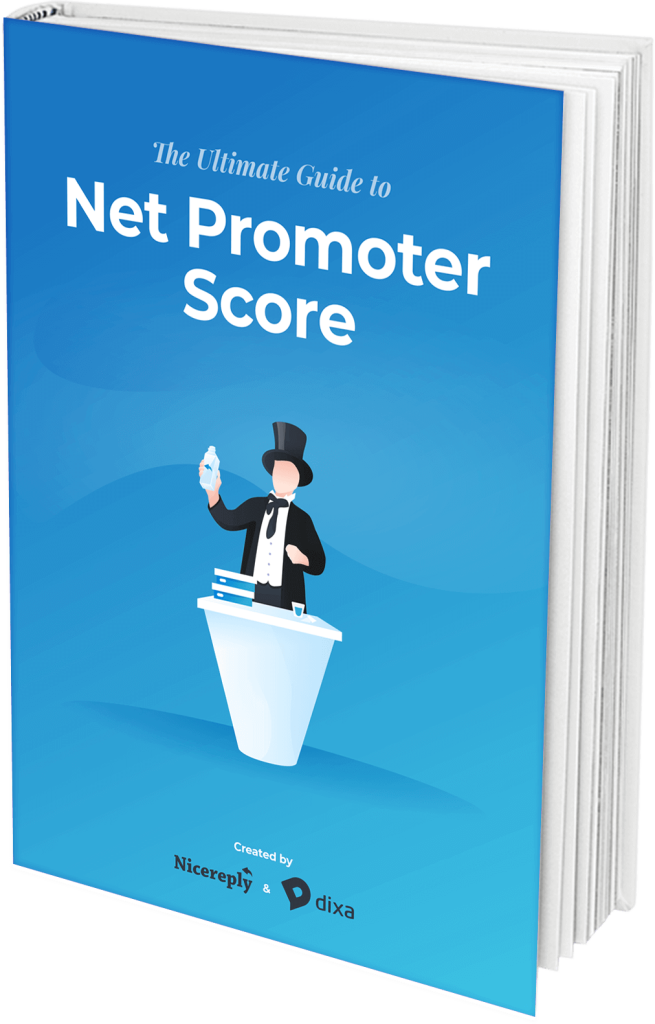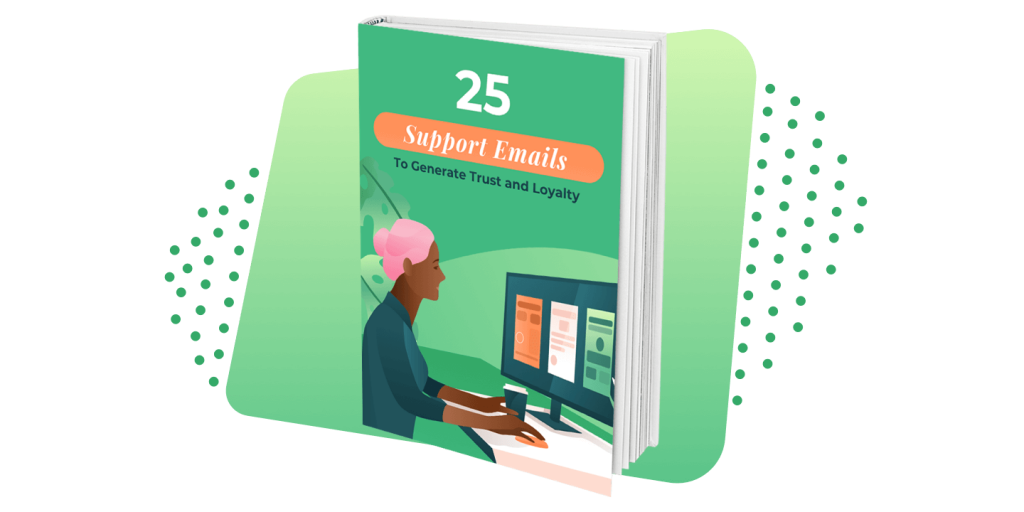Timing is crucial in all aspects of life. Don’t underestimate it even when sending your surveys.
Understanding customer satisfaction is essential for success in today’s cutthroat business environment. The use of Net Promoter Score (NPS) surveys to measure customer loyalty and pinpoint areas for development has become increasingly popular.
The timing of these surveys, however, has a significant impact on their effectiveness. In this article, we examine the importance of timing in deciding the best time to send NPS surveys. Businesses can gain insightful information and improve their customer-centric strategies by strategically timing these surveys.
- What is NPS and how to calculate it?
- Difference between transactional NPS vs. relationship NPS
- Relationship NPS
- How often should relationship NPS be issued?
- Make Sure To Survey Your Customers Together And At Consistent Intervals
- Transactional NPS
- How often should transactional NPS be issued?
- All you need to know about NPS
- Other useful resources
What is NPS and how to calculate it?
The NPS survey is specifically centered around the question:
“How likely is it that you would recommend Company to a friend or colleague?”
Customers can then respond on a scale from 1 (very unlikely) to 10 (very likely). Those responses separate customers into three categories:
How is NPS calculated?
The total NPS is calculated by subtracting the percentage of detractors from the percentage of promoters.
What is good NPS?
Customers who answer lower than 6 are detractors, while those who respond with a 9 or higher are promoters. Customers responding 7-8 are passives.
Difference between transactional NPS vs. relationship NPS
In order to figure out the most appropriate time to send out a survey, we first need to examine the differences between transactional NPS and relationship NPS.
Relationship NPS
Let’s first take a look at the relationship with NPS. This type of NPS is designed for you to get a sense of the general vibe of what the relationship between an organization and its customers is like.
It’s about giving you the broader and bigger picture when it comes to things like customer loyalty and really allows companies to get a sense of their brand’s health and how it improves on a yearly basis.
How often should relationship NPS be issued?
A good metric for deciding the frequency is just how much change is possible in a company during a short period of time and how that change can quickly impact a customer’s perception of a company’s brand. Some examples include turnover of staff, price changes, release of new products, and special promotions.
Numerous changes, both positive and negative, can occur within the span of a year (or even less time), and those changes will determine whether your customer base grows or decreases.
That’s why sending out NPS relationship surveys around 2-4 times during the year is crucial. Otherwise, you risk neglecting important feedback and criticism from an unhappy customer base and are not able to make the necessary changes or improvements in a timely manner. You could potentially lose a substantial amount of customers.
While it’s good to send out the NPS survey at a regular rate, make sure not to overdo it. You could potentially create survey fatigue by sending it way too frequently. As we previously mentioned, 2-4 times during the year is the sweet spot. You don’t want to create a scenario of low response rates because your customers are sick of getting spammed by your surveys.
Always make sure to express your gratitude at the end of the survey when you send them out. It demonstrates that you value the amount of time your customers take out of their day to fill in your surveys.
Make Sure To Survey Your Customers Together And At Consistent Intervals
There are a lot of advantages to take into consideration when surveying customers grouped together.
First off, it’s much more straightforward to collect and upload the survey data when you survey customers that have been grouped together. This makes your data analysis much less of a hassle.
Another perk is that creates a more consistent timing when you release the survey. People will be more ready to answer your survey if everyone is getting it within the same time window. And overall, it just makes data gathering so much faster, which is key for making speedier improvements in response to complaints or feedback.
There are also quite a lot of perks when it comes to sending out surveys at consistent intervals. By issuing out surveys at constant intervals, you can prevent situations where your team might end up getting overwhelmed with too much work.
This could potentially negatively impact the follow-up or replies from the feedback of those surveys. It also creates a more consistent and easier-to-manage data stream.
And on top of all of that, it creates a much faster turnaround time in determining whether the changes your company/business has made are working, which then frees you up for faster follow-up actions.
There are some additional factors to take into consideration when deciding the timing of your relationship NPS surveys. Say, for instance, that your customer’s contract will be renewed in three months’ time. In a situation like this, it’s a good idea to find out how said customer feels about your business/brand.
It’s also a good opportunity to iron out any issues if you suspect that they might not want to renew. If your company will be conducting a business review, then sending out surveys a couple of weeks beforehand is also a good idea in order to collect valuable data for the review.
Transactional NPS
Whereas relationship NPS surveys are about the broader, bigger picture, transactional NPS surveys are all about the nitty-gritty details.
They are designed primarily to figure out how your customer base feels about specific interactions they’ve had with your company, e.g., purchase of one of your products, support tickets, promotions, etc. This type of survey is more about trying to understand what specific aspect or minutiae of your business needs to be adjusted or improved based on the data you’ve collected.
How often should transactional NPS be issued?
Figuring out the timing and frequency of transactional NPS surveys is much more straightforward than it is with relationship NPS surveys. Timing plays a much bigger role than frequency when trying to decide when to send out transactional NPS surveys.
First off, it is essential that you immediately send one as soon as a customer has made a purchase or transaction with your brand. A survey being sent out too late can lead to a low response rate. This is less than ideal if you’re hoping to get accurate data and feedback.
That being said, that window of time isn’t universally the same and is heavily dependent on the type of transaction or interaction the customer has with your business. For example, if the interaction is something like a follow-up/resolution of a support call, repair work, or a doctor’s appointment, you would want to send it within 0-24 hours after the interaction.
If it’s after the purchase of a product that requires some testing or tinkering, then you would want to send it 0-3 days after the transaction. In situations where a product needs to be shipped to an address, you should send it after 7-10 days since it will take some time for the product to reach the customer.
All you need to know about NPS
Bad or good NPS gives incredibly actionable feedback that helps improve your customer’s loyalty over time. Learn how to understand your NPS and get the most out of it.
By reading this ebook, you will learn:
-What is NPS & why you should measure it
-How is NPS calculated
-How to read the results of your score
-How to follow up after the NPS survey
-Combining NPS with other metrics
-NPS in practice
Other useful resources
NPS vs. CES vs. CSAT Metrics: Which One(s) Is the Best For You?
Building Customer Loyalty: 9 Proven Steps to Boost Customer Retention
Best Tips for Creating & Customizing NPS Follow-Up Questions















